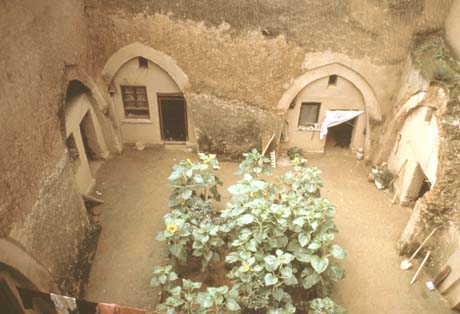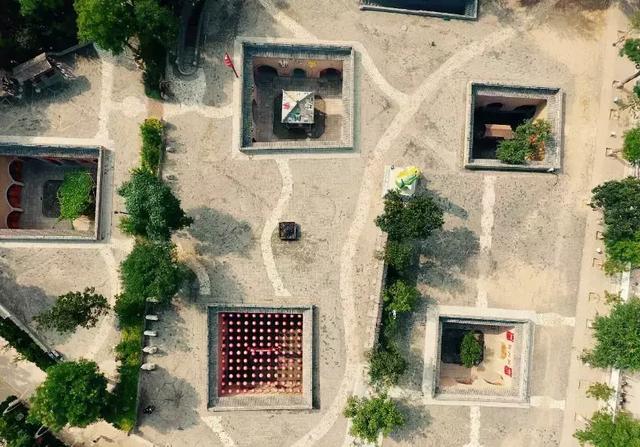Yaodong ( cave dwelling), Loess Plateau in China’s north
Artist/Designer:
Project Location: China













Style/Period(s):
Traditional
Primary Material(s):
Brick, Stone, Adobe Brick
Function(s):
Residential Structure
Related Website(s):
Significant Date(s):
B.C.E
Additional Information:
A yaodong (natively 窰 ) is a particular form of earth shelter dwelling common in the Loess Plateau in China's north. They are generally carved out of a hillside or excavated horizontally from a central "sunken courtyard".
The earth that surrounds the indoor space serves as an effective insulator, keeping the inside of the structure warm in cold seasons and cool in hot seasons. Consequently, very little heating is required in winter, and in summer, it is as cool as an air-conditioned room.
The history of yaodongs goes back centuries, and they continue to be used. In 2006, an estimated 40 million people in northern China lived in yaodongs.
The first yaodongs were underground dwellings that date back to the 2nd millennium BC, China's Bronze Age, and according to Chinese tradition, the Xia Dynasty. Chinese scholars generally believe that this type of habitat was developed mainly from the Han dynasty (206 BC to 220 AD) on, along with a progressive improvement of construction techniques during the Sui (581 to 618) and Tang (618 to 907) dynasties. During the dynasties Ming (1368 to 1644) and Qing (1644 to 1912), the pace of construction reached its peak.
Viewers should treat all images as copyrighted and refer to each image's links for copyright information.